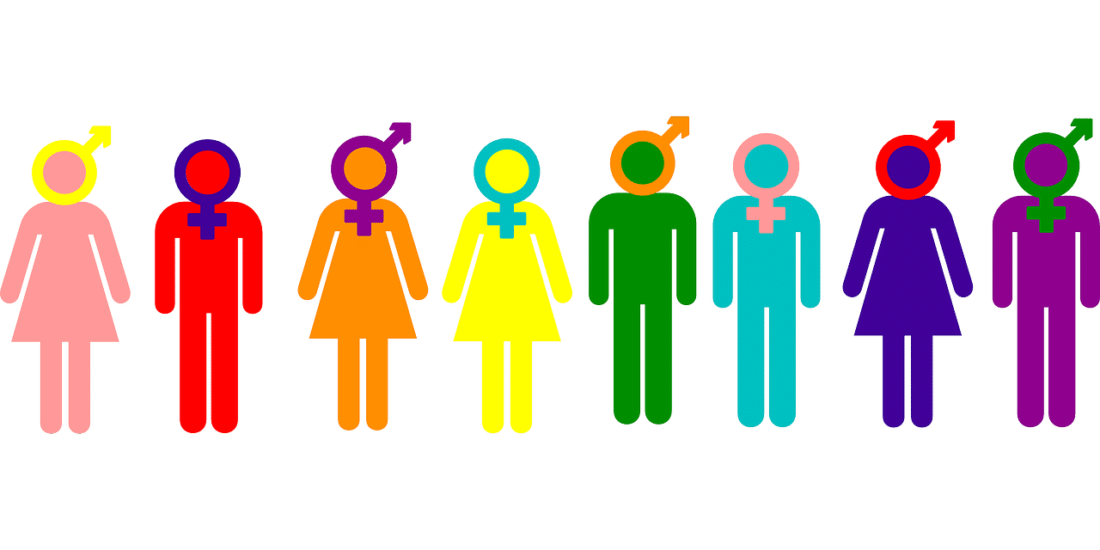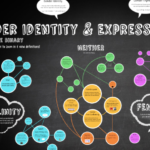Gender Inclusivity
Introduction
Gender inclusivity is about creating environments where people of all gender identities feel respected, valued, and supported. In a world that has long been shaped by rigid gender norms, promoting gender inclusivity is crucial for fostering equality and social harmony. This article explores the importance of gender inclusivity and practical ways to implement it in various aspects of life.

Understanding Gender Inclusivity
What Is Gender Inclusivity?
Gender inclusivity refers to practices, policies, and behaviors that recognize and accommodate the diverse spectrum of gender identities:
- Recognition of Diversity: Acknowledging that gender is not limited to male and female but includes a wide range of identities such as non-binary, gender-fluid, and transgender.
- Creating Safe Spaces: Ensuring that all individuals feel safe and supported, regardless of their gender identity.
Example: Inclusive Language
Using gender-neutral language, such as “they/them” pronouns or terms like “partner” instead of “husband” or “wife,” helps create a more inclusive environment for everyone.
The Importance of Gender Inclusivity
Gender inclusivity is essential for promoting equality and reducing discrimination:
- Respect and Dignity: Everyone deserves to be treated with respect and dignity, regardless of their gender identity.
- Breaking Down Barriers: Inclusive practices help dismantle the societal barriers that often marginalize non-cisgender individuals.
Example: Gender-Neutral Facilities
Providing gender-neutral restrooms and changing facilities ensures that people of all gender identities have access to safe and comfortable spaces.
Implementing Gender Inclusivity
In the Workplace
Gender inclusivity in the workplace fosters a more productive and supportive environment:
- Inclusive Policies: Implementing policies that protect against gender-based discrimination and harassment is crucial.
- Training and Education: Providing training on gender inclusivity and diversity helps employees understand and respect the diverse identities of their colleagues.
Example: Pronoun Usage
Encouraging employees to share their pronouns and normalizing the practice can make the workplace more inclusive for transgender and non-binary individuals.
In Education
Educational institutions play a vital role in promoting gender inclusivity:
- Curriculum Integration: Including discussions of gender diversity in the curriculum helps students understand and respect different gender identities.
- Supportive Environment: Schools should create environments where all students feel safe, supported, and free to express their gender identity.
Example: Gender-Inclusive Dress Codes
Implementing gender-inclusive dress codes allows students to wear clothing that aligns with their gender identity without fear of punishment or discrimination.
In Healthcare
Gender inclusivity in healthcare ensures that everyone receives the care they need:
- Affirming Care: Healthcare providers should offer gender-affirming care that respects the identities and needs of transgender and non-binary patients.
- Training for Providers: Providing training on gender inclusivity helps healthcare professionals offer better care and support to all patients.
Example: Gender-Neutral Documentation
Using gender-neutral language in medical forms and records respects patients’ identities and ensures that all individuals are treated with dignity.
The Role of Society in Promoting Gender Inclusivity
Public Awareness and Advocacy
Raising public awareness about gender inclusivity is essential for driving social change:
- Media Representation: Positive and accurate representation of diverse gender identities in media can help normalize inclusivity.
- Advocacy Efforts: Supporting advocacy groups that work for gender inclusivity and equality helps create broader societal change.
Example: Inclusive Campaigns
Campaigns that promote gender inclusivity, such as those advocating for gender-neutral language or non-binary rights, play a crucial role in shifting societal attitudes.
Legal and Policy Frameworks
Governments have a responsibility to promote gender inclusivity through laws and policies:
- Anti-Discrimination Laws: Enacting and enforcing anti-discrimination laws that protect people of all gender identities is essential for ensuring equality.
- Legal Recognition: Legal recognition of non-binary and transgender identities, such as offering non-binary gender markers on official documents, is a critical step toward inclusivity.
Example: Legal Gender Recognition
Countries that allow individuals to change their legal gender without restrictive requirements demonstrate a commitment to gender inclusivity and human rights.
Conclusion
Gender inclusivity is about more than just acknowledging the existence of diverse gender identities; it’s about creating a world where everyone, regardless of gender, is treated with respect, dignity, and equality. By implementing inclusive practices in workplaces, schools, healthcare, and beyond, we can build a society that truly values and supports every individual. As we continue to advocate for gender inclusivity, we move closer to a future where everyone can live authentically and without fear.



